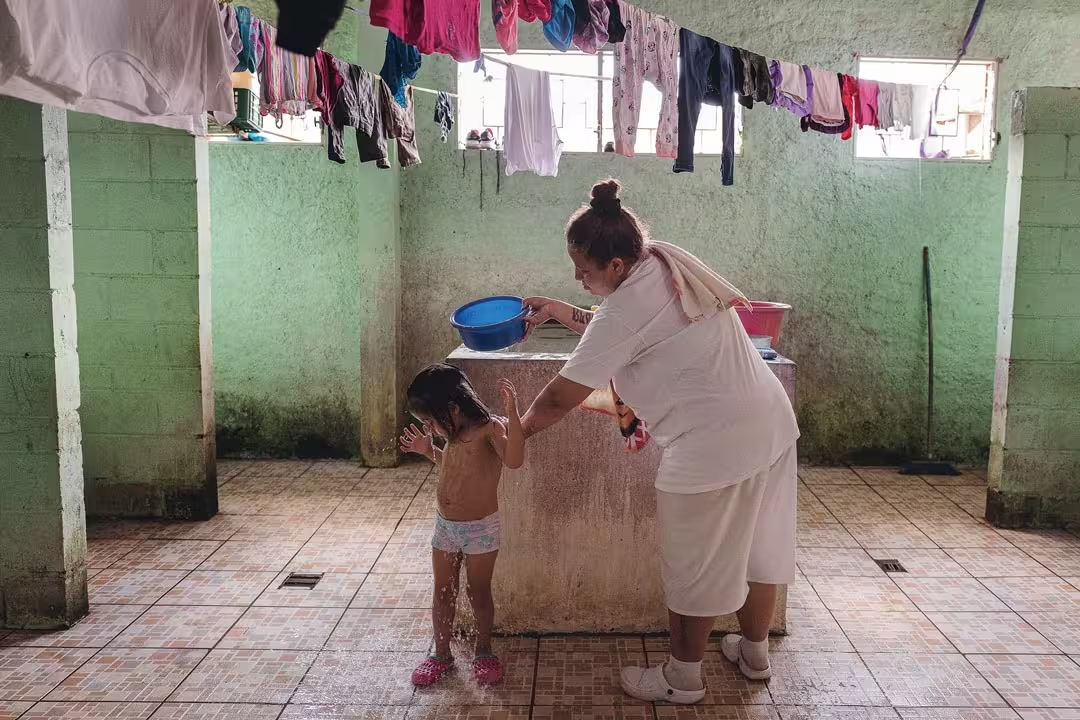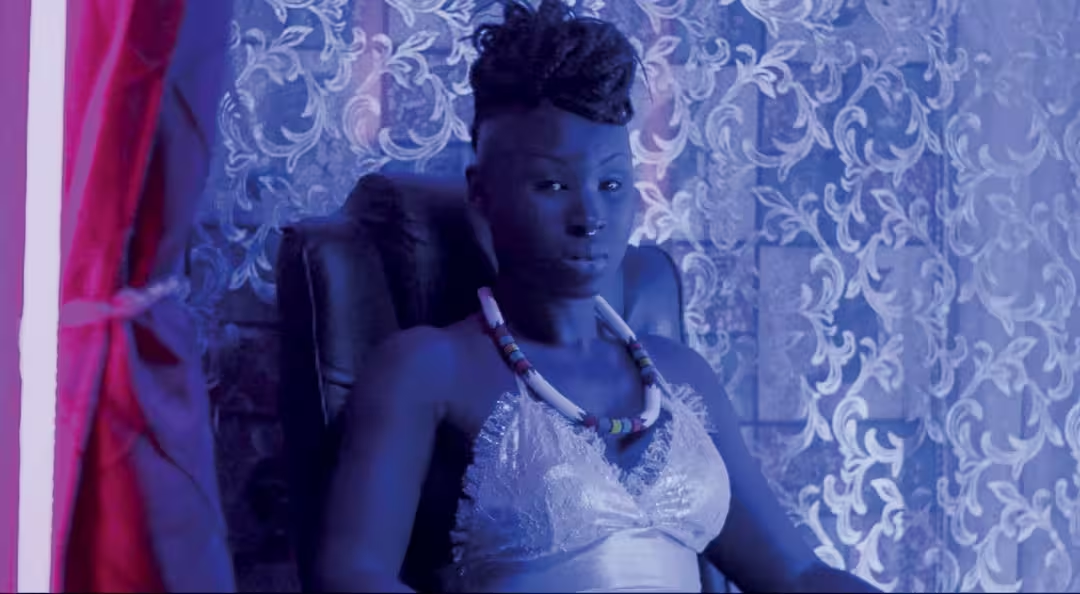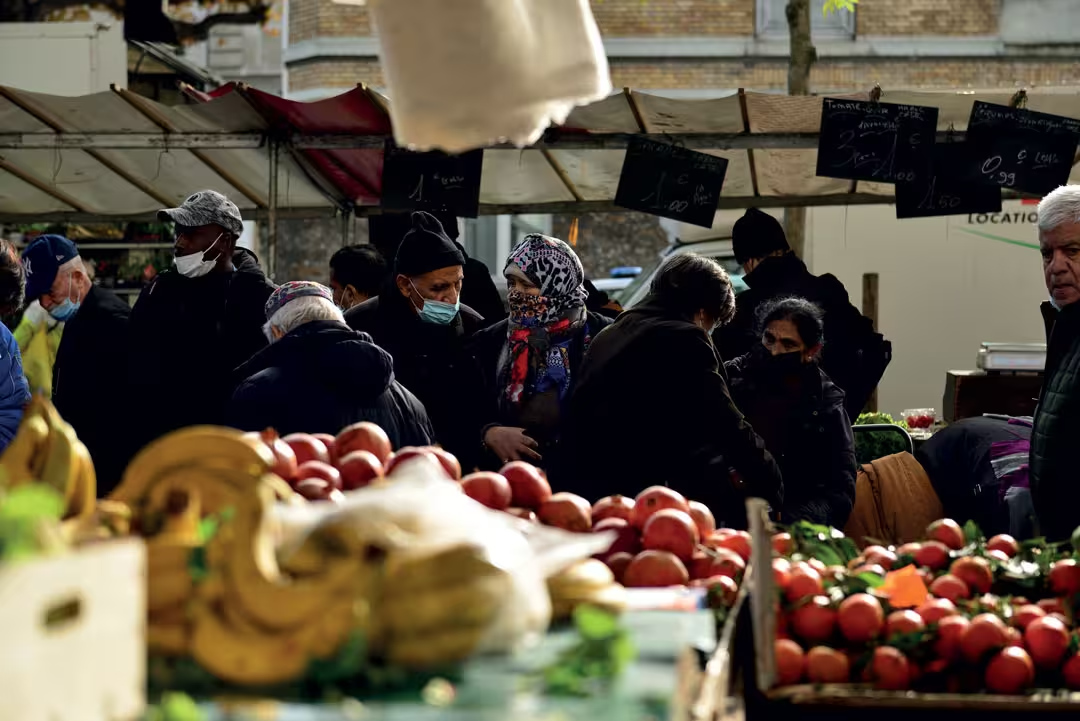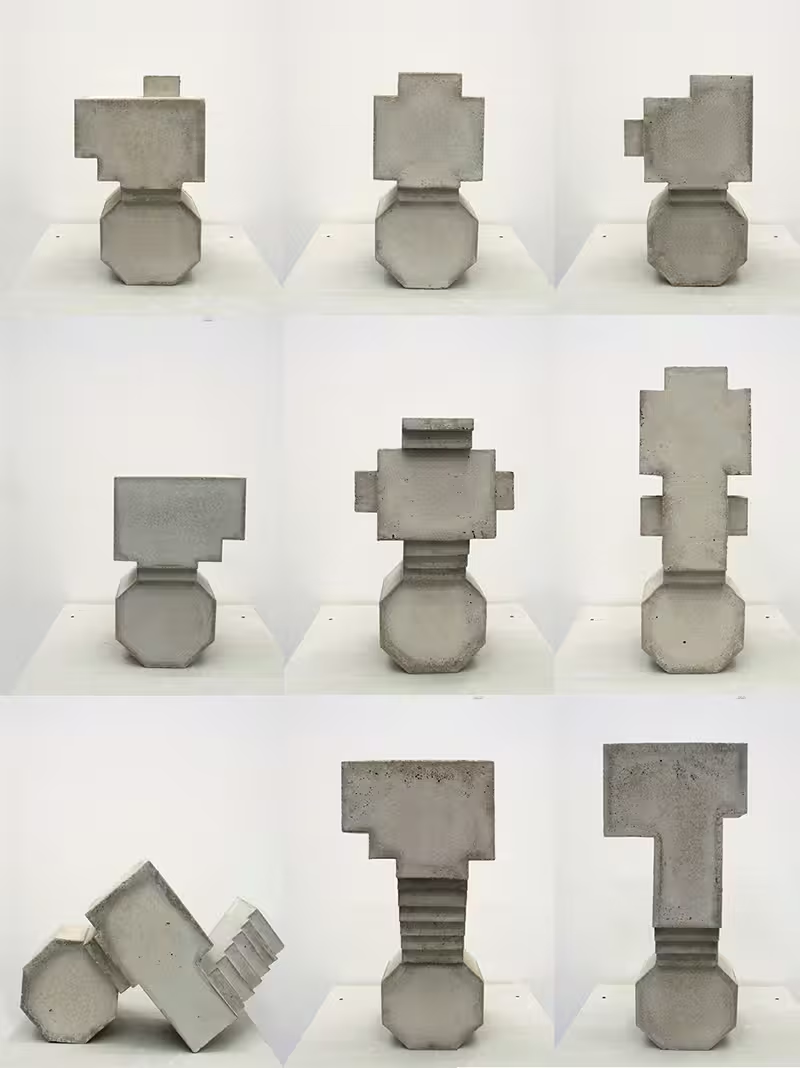Subversive Tenderness

The encounter between these two terms imposes itself as the obvious conclusion of the transformations of art in an unstable and fragile world. Subversive tenderness is, in the exhibition[n1] , the contemporary alternative to the modernist avant-garde.
The French dictionary Le Littré teaches us that tenderness is Nature: “no scissors, potter’s wheel, or paintbrush can approach the tenderness with which nature turns and rounds off its subjects.” But it also tells us that it is Culture: “once said of the softness, delicacy, and lightness of the paintbrush or scissors.” So here we have Nature & Culture conjoined in tenderness. On the one hand, the decor of a reality that accommodates our lives: architecture, town planning, industry, leisure time… In short, what we do. On the other hand, Nature, which hosts within its world a foreign world: ours. The meeting of these two worlds provokes a friction, a tension that so far seems to be a flop, if not a disaster.
We will have noticed in the definition some other terms: softness, delicacy, lightness. These are all words that help us to understand tenderness, in that tenderness dissipates its force in order to act. Weak theory, as Maggie Nelson writes, emphasizes heterogeneity, and invites a certain epistemological uncertainty. It is undisturbed by inconclusiveness and mess. It takes its time, as well as the risk of appearing ‘weak’ in an environment that privileges muscle and consensus. (On Freedom: Four Songs
of Care and Constraints, 2021)
But what, then, does it mean to subvert? The term is etymologically derived from the Latin subvertere, from “sub”, beneath, and “vertere”, to turn. To act, from below. To flip the world on its head. Here, we arrive at the convergence of the paths. Infiltrating reality and diverting its meaning, but with tenderness.
The exhibition occasionally makes us pay a visit to some of the beings that we refuse to look at. At other times, it reminds us of our recurring temptations to contain freedoms, or twist bodies to injure them. Especially those of women. And then there are the birds that the drawing doesn’t imprison.
Dear visitors of all persuasions, take the time to appear weak – be indeterminate, uncertain! This is what it’ll cost you to see the subversive tenderness in the works of each of these artists.
Curators : Abdelkader Damani et Nelly Taravel
Artists & architects

Ana María Arévalo Gosen
Días Eternos, 2017-2022
Dividing her time between her native Venezuela and Europe, Ana María Arévalo Gosen studied photography at the ETPA, Toulouse, from 2011, after studies in the political sciences. It was after an internship with Jacob Aue Sobol, in Hamburg, that she confirmed her desire to question society through a documentary approach.
The Días Eternos project by Ana María Arévalo Gosen was created in 2017 in Venezuela, the photographer’s country of origin. She has since extended her documentation work on women’s prisons to two other countries – El Salvador and Guatemala – which are presented here in a selection of images. The artist, engaged in the defence of women’s rights, photographs the precarious daily lives of the inmates with luminous tenderness. The works show the relationship between bodies living in confined quarters and the perimeter of the walls, which become the secret diary of their vulnerability. Putting up with this patriarchal architecture of deprivation, the women transform their bodies into sites of resistance and rebellion against poverty: they put on make-up, pluck and wax their hair, like so many gestures of their connection. Unlike their tattoos, which are old signs of their gang membership, social prisons from which they are now paradoxically freed.

Alice Diop
Vers la tendresse, 2015
Alice Diop est née en 1979 à Aulnay-sous-bois, dans une famille sénégalaise. Elle est l’auteure de plusieurs documentaires dans lesquels elle porte un regard neuf, tant sociologique que cinématographique, sur le quartier de son enfance, sur la diversité, sur l’immigration. Son cinéma s’intéresse à ceux que l’on ne voit pas, en vue de combattre les idées reçues.
Part reality and part fiction, Alice Diop allows voices to be heard that are usually silent: four young men of Seine-Saint-Denis who share their relationships with women and intimacy. Ephemeral and inaccessible, the female figures are the subject of their obsessions and frustrations in the face of the impossibility of establishing love relationships. By desynchronising the voices from the images, the director highlights the hiatus between the machismo staged in social space and the solitary fragilities revealed by the monologues. The camera approaches the subjects as closely as possible, probing the details of the faces and delving into their emotional impasses. The film thwarts the brutality of the stereotypes and traces a path towards the possibility of love.

Clarisse Hahn
Princes de la rue, 2021
Clarisse Hahn est diplômée des Beaux-Arts de Paris en 2001. Elle dit appartenir autant à la sphère du documentaire qu’à celle de l’art contemporain. Dépassant la quête voyeuriste et le constat sociologique, elle conçoit des œuvres dont la composition artistique met en lumière l’humanité de l’autre. Du monde professionnel de la pornographie (Ovidie, 2000) au désœuvrement codifié des jeunes marginaux (Boyzone, 1999), en passant par la dépossession du corps des patients des hôpitaux gériatriques (Hôpital, 1999), l’œuvre de Clarisse Hahn semble hantée par l’idée que l’identité morale et corporelle dépend du groupe social. Les travaux récents de l’artiste prennent pour point de départ une problématisation des ambivalences de l’image documentaire. Les tensions qui se jouent entre celles et ceux qui occupent la surface de l’image et l’œil qui les regarde constituent le cœur de sa réflexion.
« J’ai appelé ma série les Princes de la rue car il y a beaucoup de majesté dans leur allure. Elle résulte d’une théâtralisation poussée de leurs comportements qui passe par le soin qu’ils prêtent à la fois à leur tenue vestimentaire et à leur gestuelle. »
– Clarisse Hahn
Cette série photographique donne à voir le quotidien d’hommes vivant dans l’environnement clos du quartier de Barbès à Paris. Elle s’inscrit dans son travail sur les Boyzones, commencé en 1998 et centré sur les attitudes et archétypes masculins entourant la question de la virilité. Dans cette série à la lisière du documentaire, fruit de trois années d’immersion, la caméra de Clarisse Hahn opère un va-et-vient constant entre distance formelle et proximité physique. Les attitudes fortes observées dans la rue, lieu où les corps sont particulièrement vulnérables, trouvent du répit dans des scènes d’une intimité rare prises au domicile de la photographe.

